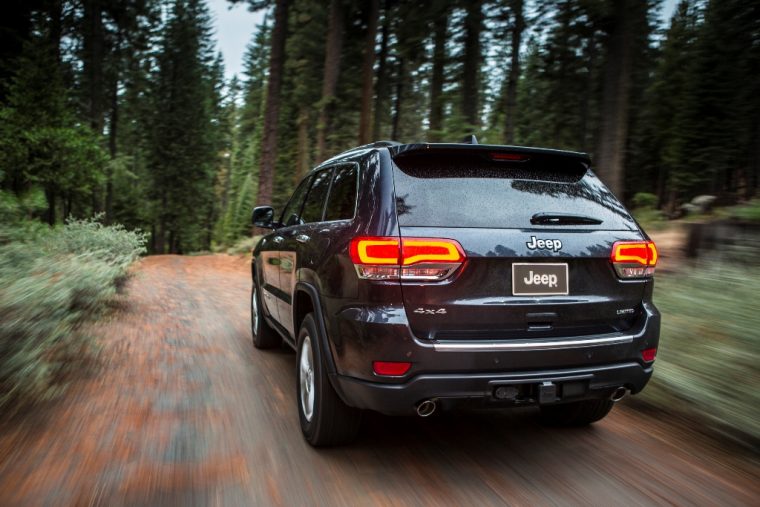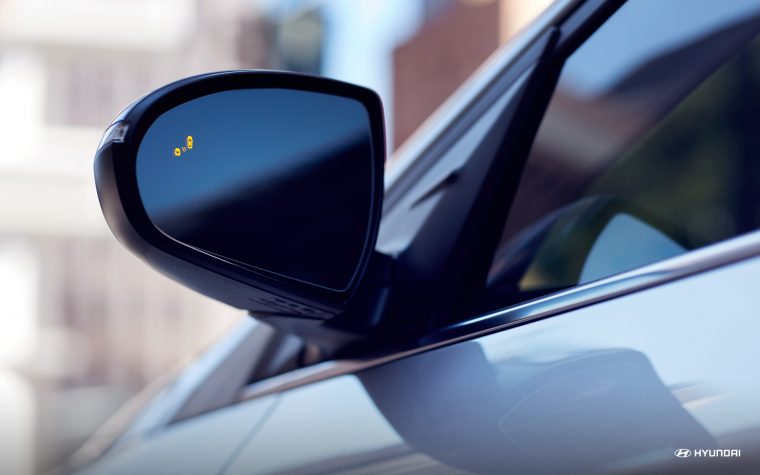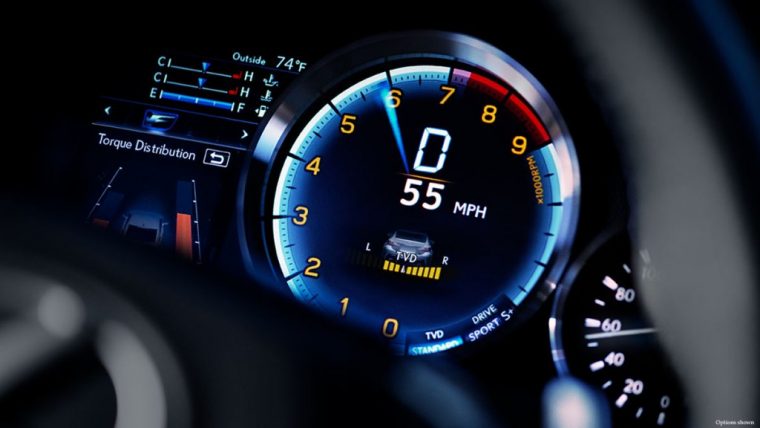Best Car Features for Seniors — And How to Use Them

Complicated automotive technology can befuddle any driver, regardless of their age. The good news is that some of the best new tech for older drivers is also pretty hands-off; an important detail given that seniors may feel put-off by too many bells and whistles.
Still, almost 90 percent of older drivers overlook inexpensive vehicle adaptations that could help keep them safe, according to 2017 research from the AAA Foundation for Traffic Safety. What’s more, drivers age 65 and older are over twice as likely to be killed when involved in a crash.
Some newer automotive technology can help reduce these odds with little, if any, involvement from the driver. But more hands-on technology, like large, noisy display screens, may actually pose a threat to older drivers.
“Even diverting a driver’s attention for two or three seconds can lead to a crash,” said court-qualified auto safety expert Byron Bloch. “At 60 miles per hour, that’s 88 feet per second. So just three seconds of distraction is almost the length of a football field.”
So, when is automotive technology helpful, and when does it present a risk to older drivers? Bloch said it’s anything you’re fiddling with during the drive. To offset the risk, he suggests setting all necessary functions — from GPS to air conditioning controls — before you start driving. “Remember, if there’s a critical need for something, then find an opportunity to safely pull off the road.”
With that said, here are some car trends that are helping to keep seniors safe while on the road.
Automatic emergency braking

Cars with AEB capability automatically give you an alert if you get too close to an object in front of you, whether that’s another car, a pedestrian or a stationary object like a light pole.
“It will alert you that you are approaching another vehicle too rapidly and that you need to consider applying the brakes, and some systems will actually apply the brakes for you,” Bloch said.
It’s an important safety feature that requires very little of the driver. It also cuts the likelihood of a front-to-rear crash in half, according to the Insurance Institute for Highway Safety. Unfortunately, the safety benefits of AEB and other Advanced Driver Assistance Systems (like blindspot warning, mentioned more below) aren’t likely to be reflected in your insurance premiums. In states with a high number of senior drivers, like Florida (which has an average auto insurance rate of $1,098 a year), shopping around is still the best way to save money.
Backup cameras

Federal law now requires that all new passenger vehicles have backup cameras. Bloch says it goes far in protecting not only yourself, but also pedestrians, other drivers and children at play who may be right behind you. Backup cameras spring into action whenever the car is put in reverse, displaying a live image on a dashboard screen.
For older drivers with a limited range of motion, the ability to rely on the digital display can be lifesaving. If you’re driving an older car that doesn’t have this technology built in, Bloch said retrofit kits are available to give your vehicle a quick safety upgrade.
Collision warning

Forward collision warning is an advanced bit of tech that uses sensors to measure three things: your speed, the speed of the car in front of you and the distance between the two of you. If you get too close, your car will let you know. Unlike automatic emergency braking, a collision warning won’t actually take control of your car and apply the brakes. Instead, you can expect an audible warning signal or visual display alert.
One 2017 study published in Accident Analysis & Prevention found that forward collision warning reduced front-to-rear crash rates by 27%.
Blind-spot warning and lane-departure warning

Older drivers may have a tougher time monitoring their blind spots before changing lanes. Technology to the rescue: blind-spot warning alerts the driver with a sound, visual signal or sensory alert so they know not to leave their lane just yet. Similarly, lane-departure warning lets the driver know when they’ve drifted out of their lane, helping to prevent collisions.
Dimming features

According to Bloch, dimming your instrument panel lighting can go a long way when it comes to safety. “If you have brighter instrument panel lighting, your pupil will respond by narrowing, therefore you’re not gaining enough light to see what’s on the road ahead of you,” he said.
Some vehicles are even equipped with rearview mirrors that dim when the headlight glare from behind you gets too bright. Sometimes it’s an automatic feature, other times it’s manual.
Adaptive headlights

Some cars have an automatic feature that changes your headlights as needed.
“It will put your headlights on bright at night so you can see much better down the road ahead, then when there’s an oncoming vehicle, it will detect that vehicle’s headlights coming toward you and dim your headlights to low beams so that you don’t blind the oncoming driver,” Bloch said, adding that we’re at a much higher risk of a fatal collision in the dark of night than during the day.
The truth is that we can’t protect ourselves from every danger lurking on the highway, but these new tech features sure do make it a safer place for older drivers — as long as they don’t present a distraction while en route.
This article was contributed by Mark Fitzpatrick from ValuePenguin.

The News Wheel is a digital auto magazine providing readers with a fresh perspective on the latest car news. We’re located in the heart of America (Dayton, Ohio) and our goal is to deliver an entertaining and informative perspective on what’s trending in the automotive world. See more articles from The News Wheel.

